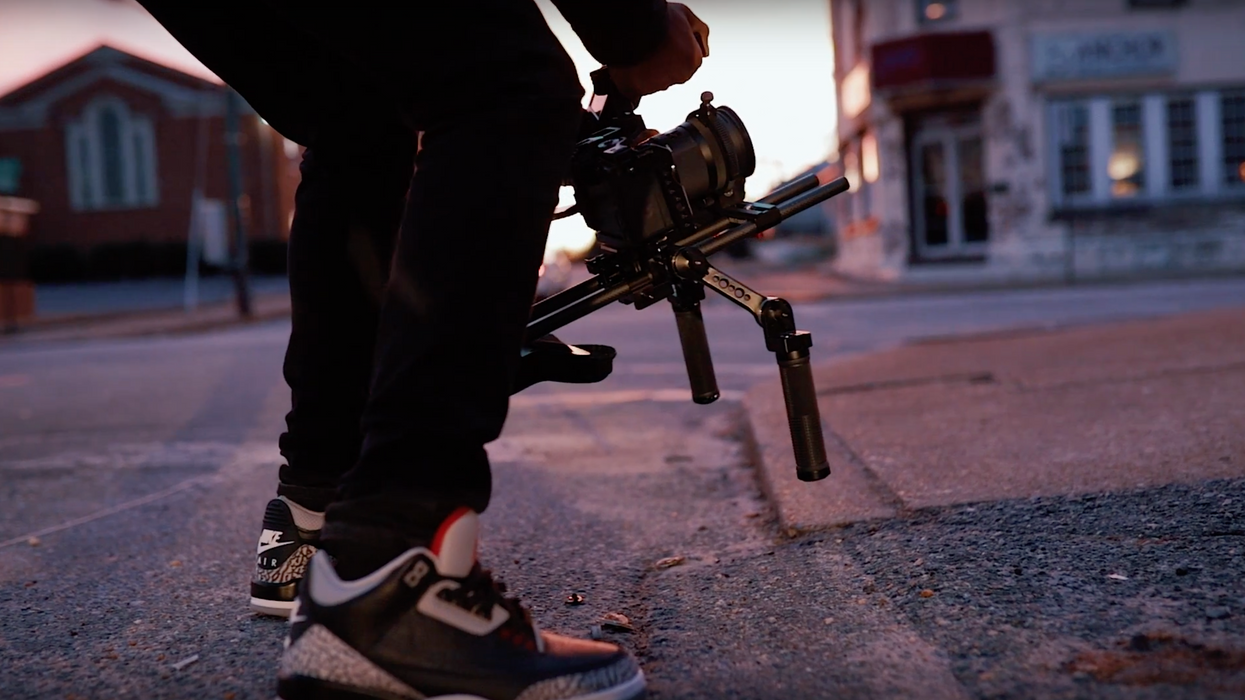5 Beginner Mistakes You Might Want to Avoid When Making Music Videos (and Other Projects)
If you're shooting a music video, or any kind of project for that matter, here are a few mistakes you'll want to avoid.

As a beginner, aside from films and videos, you're going to be making tons of mistakes. You're going to forget to take your lens cap off before you hit record. You're going to overexpose and underexpose your shots. You're going to wear your fashionable new chukkas instead of dorky but very comfortable tennis shoes. Knowing that there are countless missteps that you're bound to make as a burgeoning filmmaker, this video from Chrystopher Rhodes of YCImaging talks about five very common ones that could have much more serious consequences than one ruined shot or some sore feet. Check it out below:
Even though Rhodes focuses primarily on shooting music videos, the advice still transfers over well to narrative features, shorts, and even documentaries.
Choose the right export settings
This is always a tricky thing to get right when you first start out. Most NLEs have a ton of export options that may not make a whole lot of sense to you at first, but usually those NLEs will set you up with export settings that match the footage you're using in your timeline. However, one setting to keep your eye one, according to Rhodes, is the frame rate, the cinema standard of which for video is 24 fps. Now, you don't have to export at 24 fps., but if you don't know a whole lot about editing or exporting, you might want to go with this until you do.
Overshoot
There's nothing worse than getting into post-production and not having enough footage to edit with. This is why it's imperative to capture enough coverage during a shoot, or as Rhodes says, overshoot. Typically you'd want to show up to the set with a well-planned shot list in your paw, but if you skipped that step, you can always try to remember this about coverage: shoot a wide, medium, and close-up for all shots if you can. Get as many different angles as you think you'll need. Shoot way too much footage, and then shoot some more. Is this always a good approach to filmmaking? Not always, no, but if you're a beginner and are unsure of what you'll need in post, it's better to be safe than sorry.
Stabilize your footage
You got a camera and a sweet lens! Awesome, but don't forget about stabilizers. There are so many different kinds of stabilizers, from gimbals to tripods, that will help you keep your footage steady, and many of them aren't super expensive. A great stabilizer for beginners, other than a decent tripod, is a shoulder rig or, if you're feeling fancy, an inexpensive handheld gimbal. Keep this in mind: handheld camerawork is absolutely fine, but make it a stylistic choice rather than just a default.
Avoid cheesy transitions in editing
No star wipes. I'm doing you a favor here.
Don't overdo it with your grade
We all remember the first time we color graded our footage. It was a transformation the likes of which we hadn't seen since puberty, right!? But let's get real, going overboard with your grade more often than not makes your footage look kind of amateurish, almost like you used the grade to hide or make up for some kind of inadequacy in your work. Unless it's a stylistic choice to go wild with your color grade, give your footage a subtle alteration. A soft touch goes a long way here.
There are so many other common mistakes that beginners make. What were yours? Let us know down in the comments.
Source: YCImaging










![Ethos, Pathos, Logos: 20 Effective Ways to Advertise [Infographic]](https://nofilmschool.com/media-library/ethos-pathos-logos-20-effective-ways-to-advertise-infographic.jpg?id=34064614&width=600&height=600&quality=90&coordinates=560%2C0%2C0%2C0)

